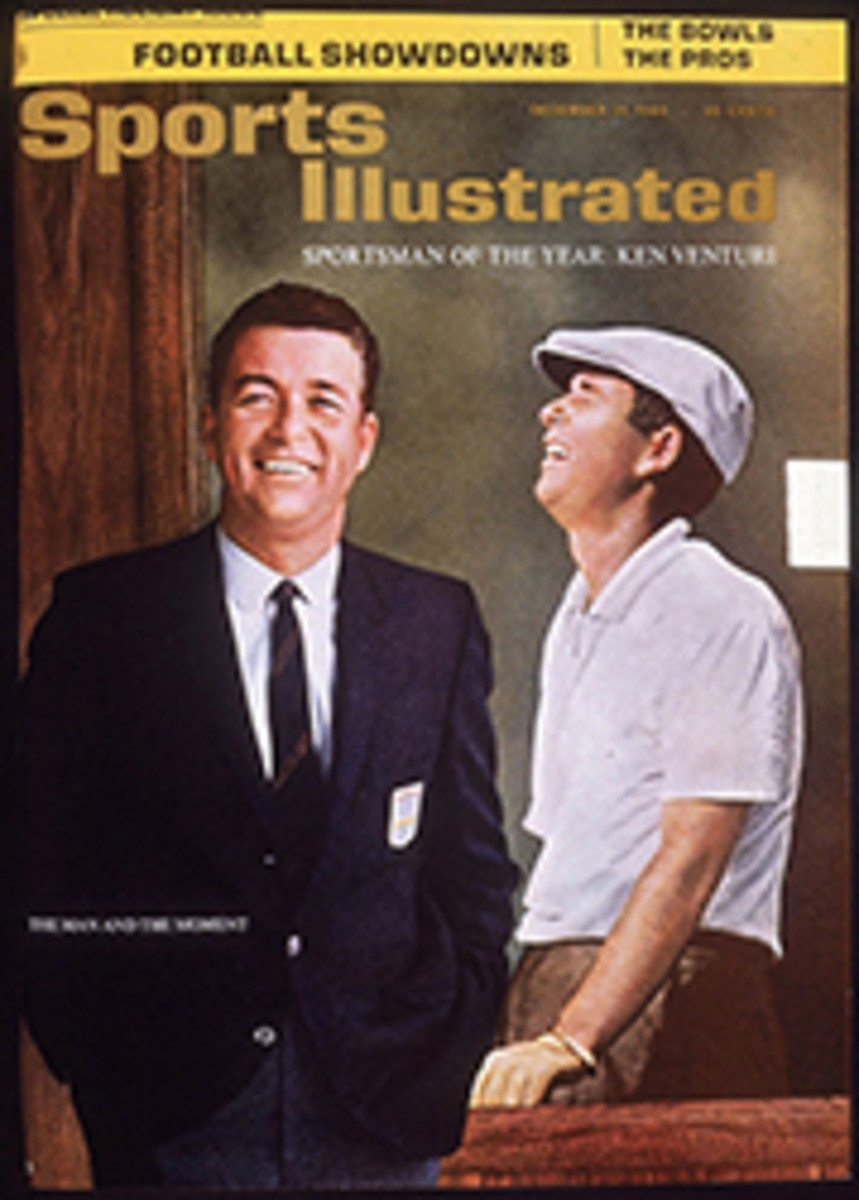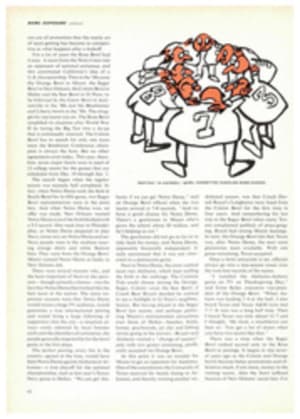
LETTER FROM THE PUBLISHER
The gates are slowly closing on 1964—this is the last issue we will publish in this calendar year—and we are looking back with more than the usual nostalgia at the last 12 months. This was the year in which we marked our 10th anniversary; we sought to recall, in memorable pictures, the sporting history of a decade. And this is the issue in which we bow to those who contributed so much to our enjoyment of sport in 1964, with special attention, of course, to the courageous individual whom we have named our Sportsman of the Year (page 30).
But before we get to wallowing in sentiment about the past—even the recent past—we resolutely turn our attention to the future. This double holiday issue is not only a tribute to the days we have had in sport; it is a salute to the days we hope to have—the future. On page 40 Robert H. Boyle presents a practical, factual appraisal of what the world of sport will be like in another 10 years or so, and his no-nonsense report is followed (page 46) by a collection of extraordinary color photographs of the sporting miracles of tomorrow—rocket belts and gyrocopters and underwater drag racers and the like, not gimmicky gadgets but usable products that in most cases could be manufactured today (indeed, some are being manufactured today) and surely will be manufactured tomorrow.
These photographs are the end result of months of research, planning and plain hard work by Associate Editor Lee Eitingon. She found out what far-out products were being developed, or were about to be developed, or were likely to be developed. She arranged for mock-ups where needed and for settings that would show these futuristic treasures most effectively. Finally, photographers shooting pictures on locations as widely varied as mountain peaks and the ocean floor completed, most impressively, Lee's ambitious project.
Beyond the practical side of the future is the fanciful. Ours is a science-fiction sports story (page 84) by Theodore Sturgeon, one of the two or three writers who emerged as giants in the field when science fiction moved out of pulp country after the atom bomb made impossibilities valid subjects for serious speculation. Sturgeon's grim, sardonic and somewhat Orwellian view of how sport and society may evolve is one that we are far from sharing, but we do feel that his story—which effectively demonstrates the high level of writing skill in this genre—is a contribution to thinking about sport. And sport is to be thought about as well as enjoyed.
Our next issue will be dated January 4, so this is the time to wish you a Happy Christmas; and may 1965 be a winning year for you all.
ILLUSTRATION
TED STURGEON'S SPORT OF TOMORROW

